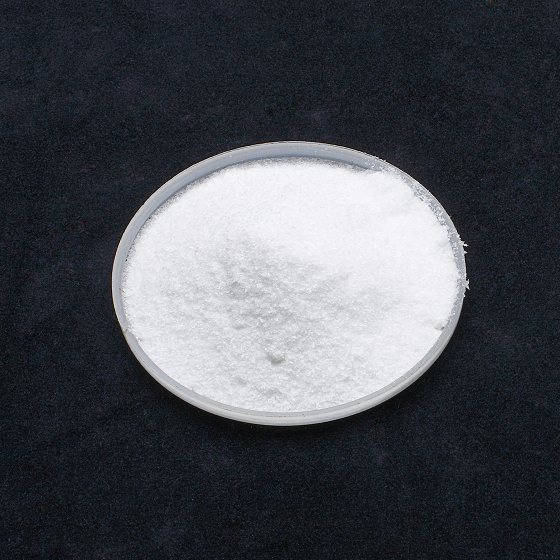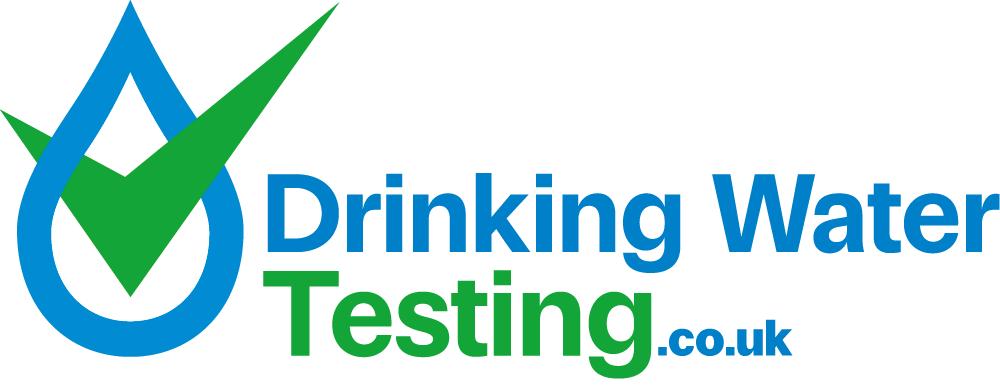
Boron
Boron is a naturally occurring element that is often combined with oxygen to form compounds called borates, examples of which are boric acid, borax and boron oxide.
It is released into the air, water or soil as a result of the natural weathering of rocks although it also has several manmade sources including some fertilisers and herbicides, irrigation wastewater and industrial waste disposal. Boron is often most concentrated in seawater and well water due to other compounds that contain boron but is also naturally occurring in plants as it is one of their dietary requirements.
Minerals containing borate are mined and commonly processed for use in the manufacture of glass, ceramics, soaps, bleach, detergents and industrial pesticides.
The majority of individuals will have a daily intake of approximately 1.2mg of boron and most drinking water contains between 0.1 and 0.3 milligrams or boron per litre. The World Health Organisation gives a concentration limit for boron of 0.5mg per litre in drinking water and 1mg a litre for all other applications.
High boron concentrations in water may be toxic to certain fish species and a daily intake of over 5 g of boric acid can have a negative impact on the human body, resulting in nausea, vomiting, diarrhoea and blood clotting. Amounts over 20 g are considered life-threatening.
Boron can be removed from water through an ion exchange or reverse osmosis and post-treatment system.
